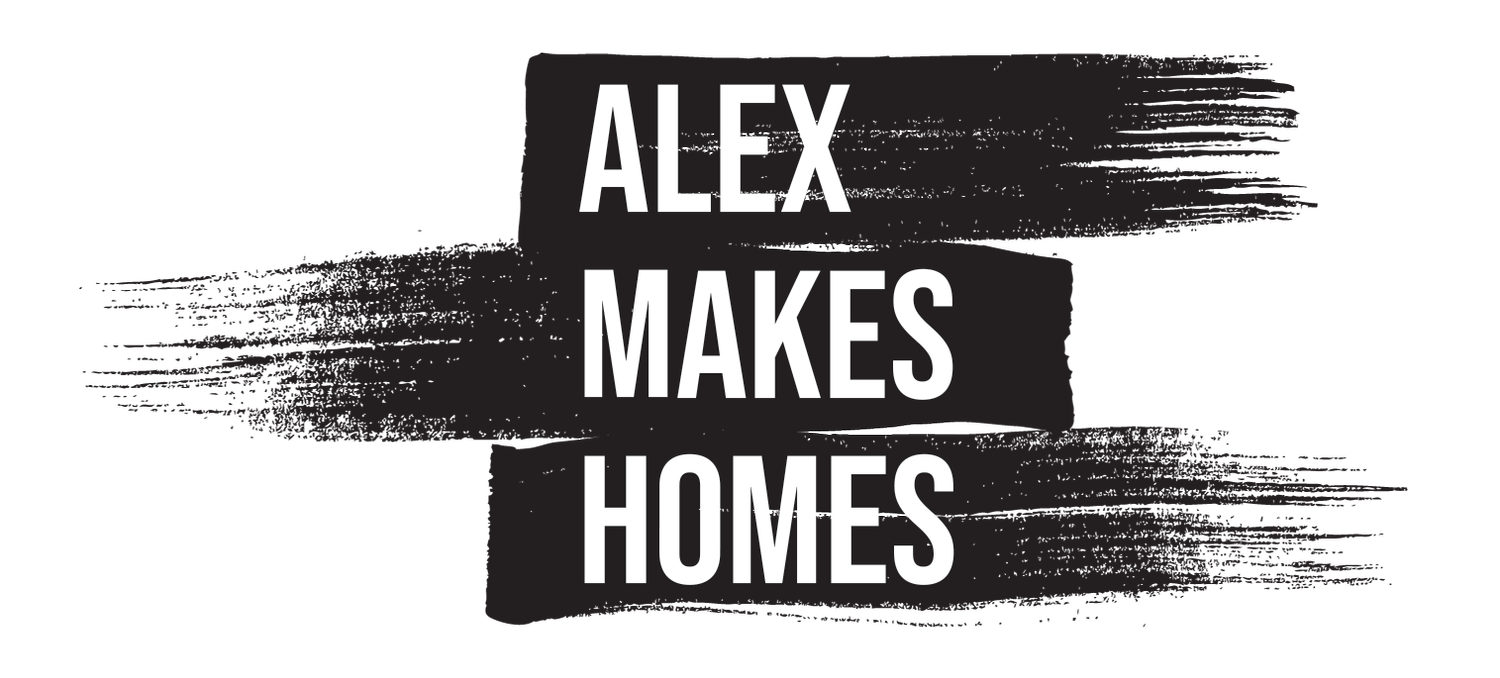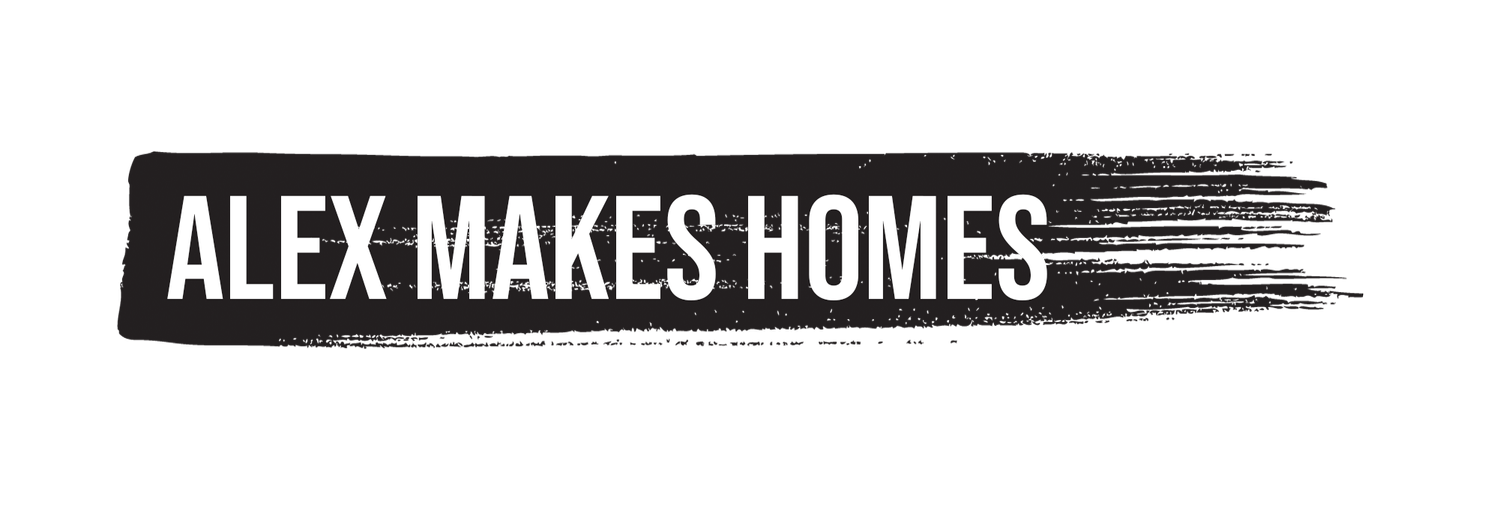We all missed the boat, and it’s not coming back for us.
I think we can all accept by now that the historically low interest rates of 2020 and 2021 are gone. That ship has sailed. However, the historically low inventory levels are here to stay, which means housing prices will continue to rise.
Supply
In order to analyze inventory, it seems logical to start with the supply of new listings. The chart below shows the number of homes - both resale and new construction - that were listed for sale each year for the past ten years in the Richmond Metro area.
As you can see, the number of new listings hovered around 16,000 to 18,000 until August of 2021, when new listings started to plummet. It’s no coincidence that the number of new listings decreased around the same time the interest rates started to increase. Just take a look at the chart below tracking mortgage interest rates over the last ten years:
By looking at these two charts, we can clearly see the creation of the “lock-in” effect: the reluctance of homeowners to sell their current homes due to the trade-off in interest rates. Can you blame them? Selling a home with a 3% interest rate in exchange for buying a home at a 7% interest rate is a hard pill to swallow.
What about new construction? I know it might seem like new neighborhoods are popping up left and right in many areas, but it’s still not enough. The United States has been under-building for over a decade, and as a result, we are undersupplied by about 2.3 million homes. This figure is largely dependent on who you ask, but I think Realtor.com provided a great analysis.
Demand
As if the lack of supply wasn’t enough, there are a handful of factors contributing to excess demand in the Richmond-area real estate market.
The pandemic accelerated migration by allowing people to work remotely and seek out areas with a lower cost of living. According to Richmond Magazine, our population growth won’t be slowing down anytime soon.
Our home prices are remarkably more affordable than that of our neighbors to the North. Just check out this list of median home prices on Wikipedia.
Millennials, the generation making up the largest portion of the U.S. population, are in their peak home-buying years, and they’re ready to compete according to Builder Magazine. (Oh, and Axios points out that Gen Z isn’t far behind!)
What Now?
The Washington Post said it best: waiting is not the answer. It’s time for acceptance. If you didn’t buy a house (or already own one) two or three years ago, you missed the boat, and it’s time to get over it. Why? Because today’s purchase inevitably will feel like a deal when you look back on it five, ten, or twenty years from now.
While you might’ve missed the 3% interest rate boat, it’s not too late to board the next ship leaving port. In fact, I’d argue in some ways, your journey could be smoother than a handful of my clients that bought homes in recent years. The increased interest rates haven’t stopped competition completely, but it’s not nearly as cutthroat these days. Do you think the homebuyers of 2020-2022 felt like they were getting a good deal when they were offering $50,000+ over asking price and waiving their inspections and appraisals?! NO! If you aren’t in a position to use those strategies, this could be the best time for you to buy a home. Don’t wait. What do you think will happen if rates do come back down eventually? We’ll go right back to the feeding frenzy of the early 2020’s.
If you would like a more in depth analysis of the Richmond, Virginia real estate market, please email me at alexmakeshomes@gmail.com for One South Realty’s 2023 Richmond, VA Housing Market Report.

